Architects: VMX Architects
Location: Alverstraat, Rotterdam, The Netherlands
Architect In Charge: Don Murphy
Client: Vestia Hoogvliet / Estrade Projecten and Ambap BV Projectontwikkeling
Area: 18,860 m²
Year: 2007
Project Manager: Leon Teunissen
Collaborators: Gijs Baks, Richard Buys, Oliver Ebben, Nikolaas Vande Keere
Interior Designer: Cristina Ascensão
Landscape Architect: Department for urban planning Rotterdam
Many of the post-war neighborhoods in the Netherlands are currently being ‘restructured’. Hoogvliet, a satellite town near Rotterdam, is one of them. The restructuring process implies many housing blocks are replaced by contemporary ones, often by erasing typical spatial qualities of post war urbanism such as the open building structure and the abundance of greenery. VMX’s goal was to reinforce these existing qualities by a contemporary design.
The plan consists of 80 low-rise houses and 60 high-rise apartments for families and elderly people on top of a shopping center. The starting point of the commissioner was that the existing houses had to be demolished and replaced by better and larger houses. However, the number of houses had to remain the same. Also various mature trees at the location, the long sight lines between the buildings, and the amount of public greenery should be respected in the new plan.
Convinced of the spatial qualities of post war urbanism, VMX re-invents post war qualities by proposing a system of strips of terraced houses linked in a meandering line. The design combines car-parking at ground level, under the terraced houses, with high-quality exterior space for everyone. In addition the meandering shape ensures an interlocking with the park.
The narrow high-rise volume – ten storeys high – is placed on a pedestal of shops. This way generous galleries open up the apartments and at the same time function as luxurious private outdoor spaces.
In its materialization the design harmonizes with the surrounding architecture and simultaneously radiates a certain wealth and optimism, using green and orange colored glass, carved stone and perforated aluminum.
- Hoogvliet – VMX Architects – The Netherlands
- Hoogvliet – VMX Architects – The Netherlands
- Hoogvliet – VMX Architects – The Netherlands
- Hoogvliet – VMX Architects – The Netherlands
- Hoogvliet – VMX Architects – The Netherlands
- Hoogvliet – VMX Architects – The Netherlands
- Hoogvliet – VMX Architects – The Netherlands
- Hoogvliet – VMX Architects – The Netherlands
- Hoogvliet – VMX Architects – The Netherlands
- Hoogvliet – VMX Architects – The Netherlands
- Hoogvliet – VMX Architects – The Netherlands
- Hoogvliet – VMX Architects – The Netherlands

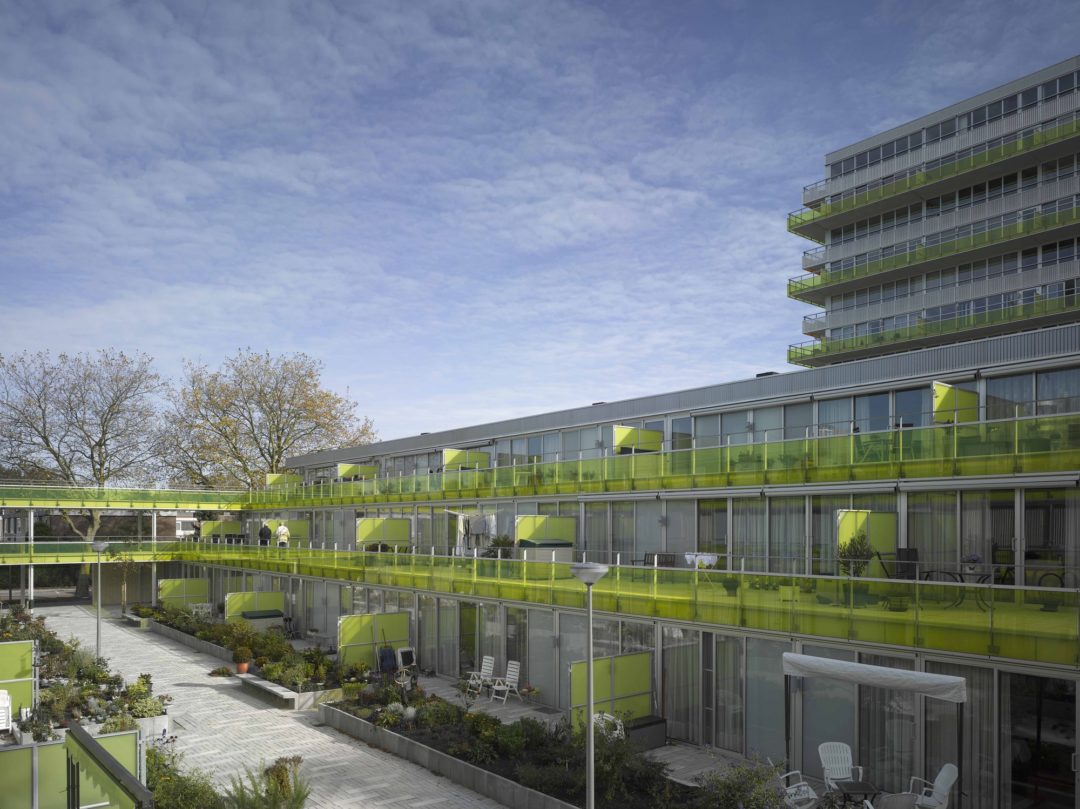
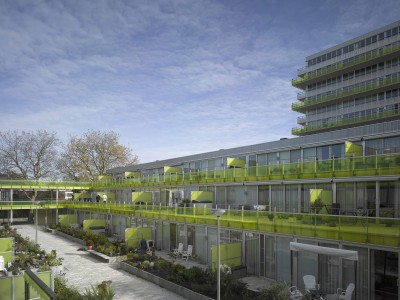

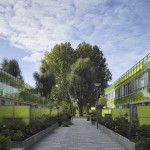






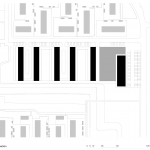
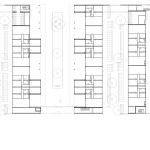
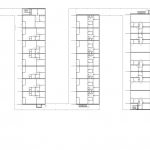




No Comments